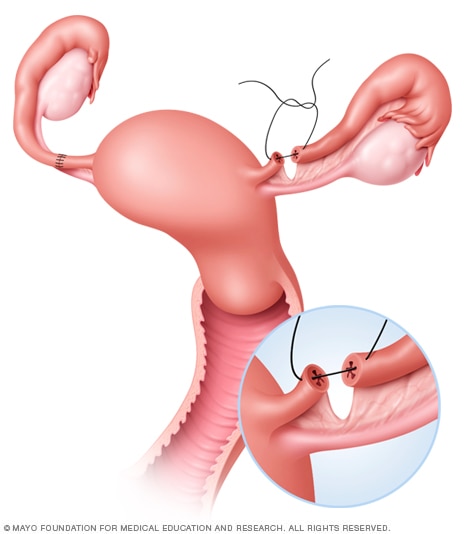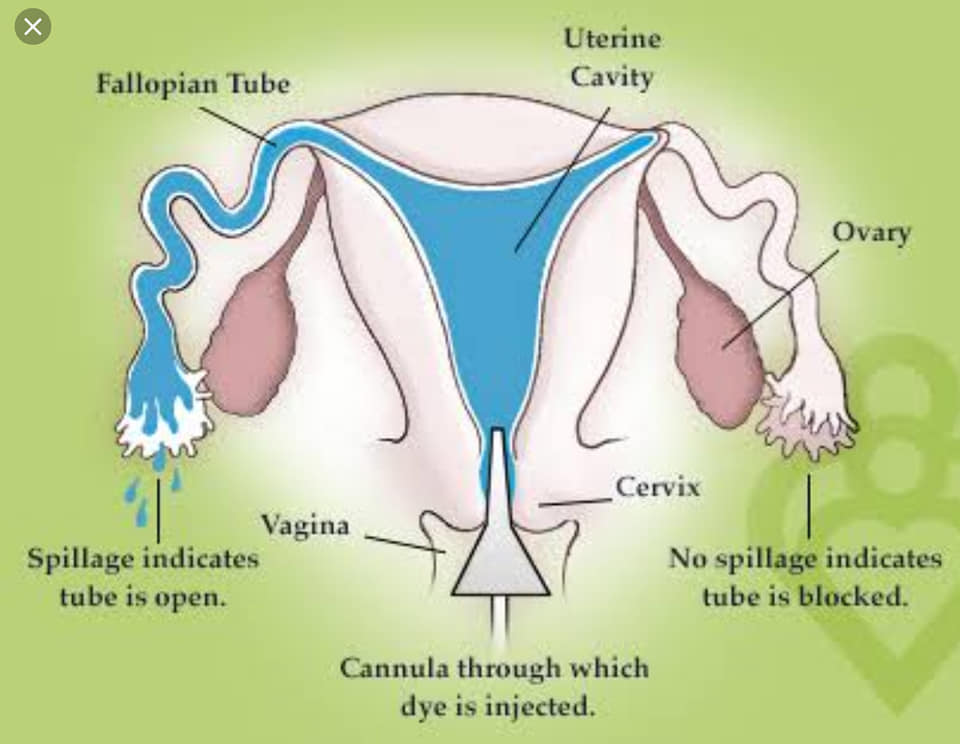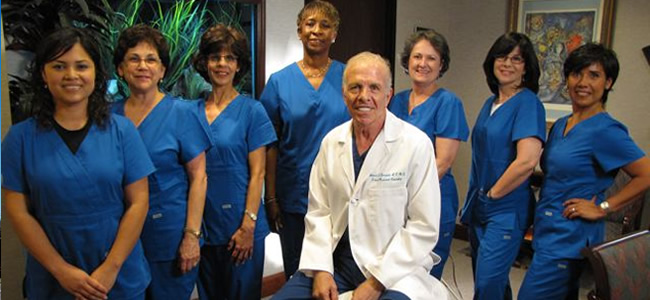Outpatient Surgery for Tubal Reversals
Maximum of two procedures performed a day for the best patient results.
We know you have many questions and we encourage you to ask and become as informed as possible. See frequently asked about tubal reversals.
“10 percent of women who have had a tubal sterilization procedure would get it reversed if it was safe and affordable.”
Each year, more than 700,000 women undergo a tubal ligation in the United States. This surgery is considered permanent, but thanks to advances in modern medicine with microscopic tubal reversal, many women can have this reversed and conceive again.
Tubal reversal is considered the most effective way to become pregnant after a tubal ligation. Compared to IVF (in vitro fertilization), tubal reversal is only a fraction of the cost. One tubal reversal surgery can produce multiple sequential pregnancies unlike IVF that requires expensive sessions with each attempt at pregnancy.
We are happy to say, a tubal reversal is extremely safe, affordable and essentially pain free. We know everyone worries about pain after surgery and may even avoid surgery because of this fear. That’s why we use the revolutionary Exparel injection, a numbing agent for pain relief. It makes recovery after tubal reversal surgery essentially pain-free.
About the Procedure
Explaining Tubal Reversal Surgery
 The tubal reversal operation, also called tubal ligation reversal, or tubal reanastamosis, is performed microscopically to reconnect a woman’s fallopian tubes after a tubal ligation.
The tubal reversal operation, also called tubal ligation reversal, or tubal reanastamosis, is performed microscopically to reconnect a woman’s fallopian tubes after a tubal ligation.
In all types of tubal ligation, both ends of the tube are blocked and a small piece of the tube is missing. Once Dr. Rosenfeld or Dr. Dafashy reads your operative report, they’ll know how much of your tube remains and seems to be healthy for the tubal reversal surgery. The average length of tube before sterilization is 12-13 cm. As long as there is at least 4 cm of healthy tube remaining, this should give you the very best chance but we’ve had success with only 3 cm of tube
Dr. Rosenfeld and Dr. Dafashy have perfected their technique over the past 30 years of performing tubal reversals. They are very proud of their refined technique and excellent success rate reflects their attention to detail and meticulous, precise approach.
The tubal reversal surgery is performed through a mini-laparotomy incision of 2″ located at the hair line just above the pubic area. The tubes are repaired using a multi-layer technique, which experts agree is the most effective way to repair the tubes.
Dr. Rosenfeld and Dr. Dafashy perform the tubal reversal surgery using the most expensive sutures available and most commonly used in delicate eye surgery. The ultra-fine 10-0 nylon suture is the smallest, finest suture available, which reduces the amount of scar tissue that may develop. It has the smallest needle for decreased trauma to the tissues. These ultra-fine sutures require a high degree of technical skill and years of experience but we have found our tubal reversal success rates have increased significantly since using these sutures.
A hysteroscope is routinely used during the tubal reversal surgery to view the inside of the uterus. This enables Dr. Rosenfeld and Dr. Dafashy to identify and remove fibroids or polyps which affect 20-50% of women of reproductive age and all this is done without any increase in cost. These fibroids can impair fertility and cause gynecological problems in the future.
Another essential detail in Dr. Rosenfeld’s and Dr. Dafashy’s tubal reversal surgery is the use of Gynecare Interceed approved by the FDA to help prevent adhesions. Adhesions can happen with any surgery and can decrease the chances for a successful pregnancy.
 Once the Fallopian tubes are reconnected, a dye is injected through the cervix to confirm that the tubes are no longer blocked and they are water tight, indicating a successful surgery. This is never rushed and always performed with exact precision. Dr. Rosenfeld and Dr. Dafashy won’t stop until they are 100% satisfied with the flow of the dye in the tube. They have an intense drive for surgical perfection and wants your tubal reversal surgery to be as successful as possible.
Once the Fallopian tubes are reconnected, a dye is injected through the cervix to confirm that the tubes are no longer blocked and they are water tight, indicating a successful surgery. This is never rushed and always performed with exact precision. Dr. Rosenfeld and Dr. Dafashy won’t stop until they are 100% satisfied with the flow of the dye in the tube. They have an intense drive for surgical perfection and wants your tubal reversal surgery to be as successful as possible.
The entire tubal reversal procedure usually takes approximately two hours. You will be discharged from the outpatient surgery center within two to four hours and can expect to resume normal activities within a week, depending on the physical nature of your job. All of our tubal reversals are performed in a new state-of-the-art outpatient hospital and surgery center connected to a state-of-the-art hospital.
To help you recover from tubal reversal surgery as quickly and pain-free as possible, we offer the Exparel numbing anesthetic. It’s a revolutionary method of pain management that enables you to recover comfortably, providing continual and targeted pain relief directly where you need it. Our tubal reversal patients using this method have almost immediate ambulation which decreases the risk for post- operative problems. As we all know, after dental work, the pain starts once the local anesthetic wears off. The injection provides pain relief for three days, keeping the area numb and free from pain.



 Your office visit with our staff will last approximately two hours. At this visit, you will receive detailed information regarding surgery and review all medical information.
Your office visit with our staff will last approximately two hours. At this visit, you will receive detailed information regarding surgery and review all medical information.